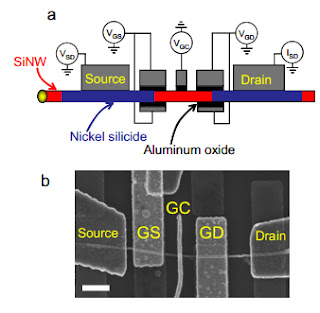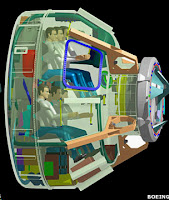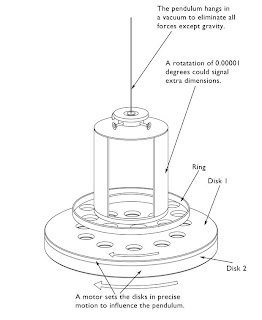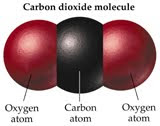 |
| USA Science and Engineering - Facebook |
My first experiment was with a chemistry set.
I wasn't successful, because my impatience at ten-years-old did not allow me to take the time to "read" the manual instructions on what chemicals NOT to mix. The result was an impressive explosion that stained the roof of my room (and luckily, didn't kill me). My parents, though concerned, did not discourage my pursuit of knowledge. They did even more so, closely supervise all my future experiments.
There is a delicate balance between engineering and science. Engineering by definition is: "the art or science of making practical application of the knowledge of pure sciences, as physics or chemistry, as in the construction of engines, bridges, buildings, mines, ships, and chemical plants." Dictionary.com
There is an "art" to taking data and working it into something that translates into a product. I'm not belittling that at all.
By definition, engineering is kind of a bottom-line profession. You may have the STEM background to think like an scientist: but as an engineer, you have deadlines, deliverables, timelines and a budget. Engineers move from project-to-project; scientists may work on one or two, each with a genuine interest, an "assigned curiousity" (Ref: Disciplined Minds). Rarely do engineers win the Nobel Prize. One profession moves mankinds' overall knowledge of nature; the other the next generation of I-Pad.
Thus, the lense we judge science through is becoming the same as the Hedge Fund manager or stock investor's: that would be wrong-headed. This is unfortunately the impact of corporate research dollars swiftly replacing academic grants. It would reduce scientists to bottom-line university engineers, and devoid us all of the youthful joy of the pursuit of knowledge for knowledge's sake - hopefully minus any explosions.
"Throughout history, artists and poets, lovers and mystics, have known and written about the 'knowing' that comes from the loss of self - from the state of subjective fusion with the object of knowledge." Evelyn Fox Keller
"The state of feeling which makes one capable of such achievements is akin to that of the religious worshipper or one who is in love." Albert Einstein
Physics Today: A crisis of perception
















